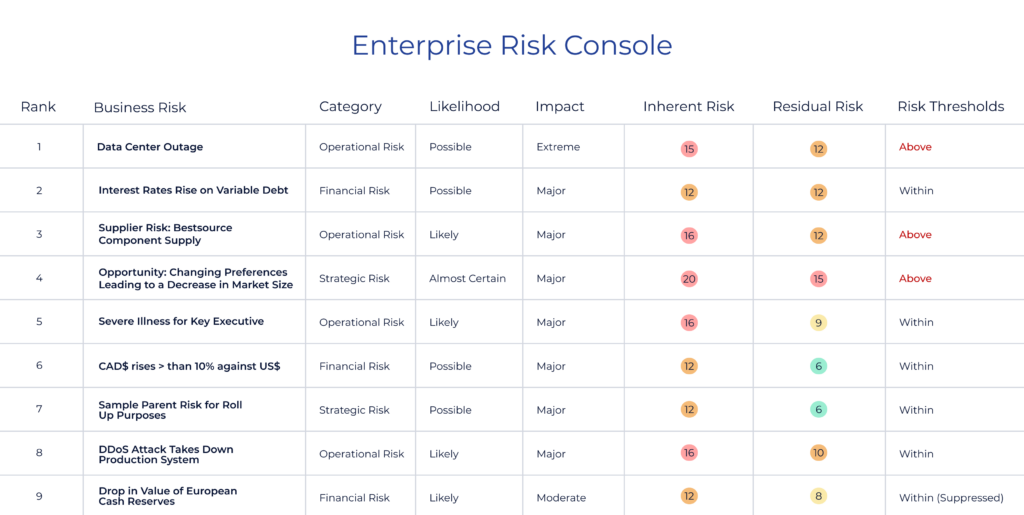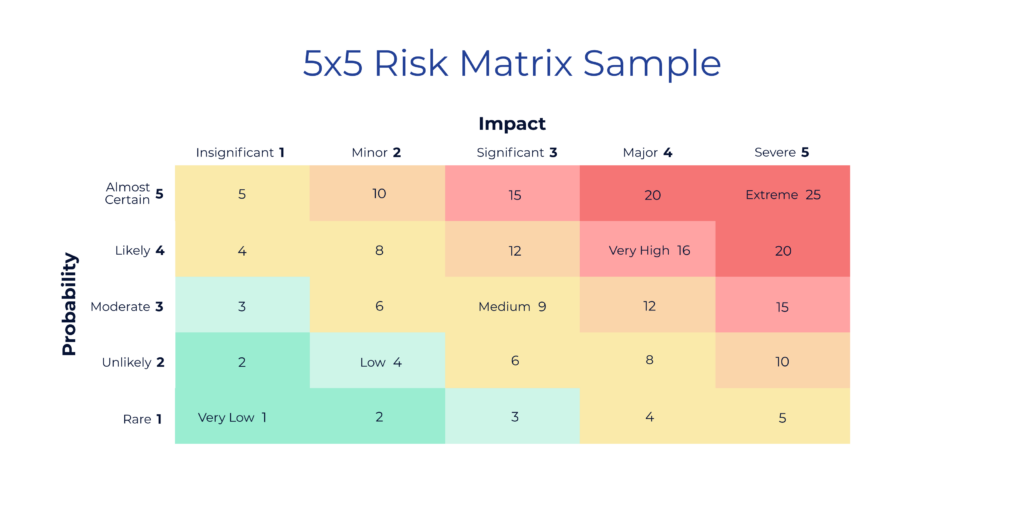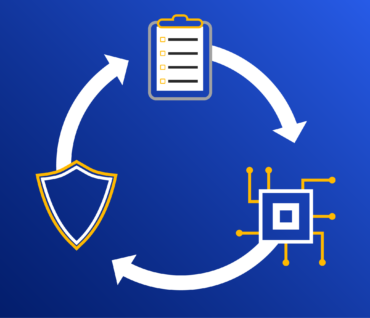Keep Supplier Risk In Check Through Regular Monitoring
Supplier risk constantly changing. That’s why it’s crucial to reassess it regularly to ensure that your organization’s risk management strategies remain effective.
Conduct Annual Supplier Risk Assessments
Annual supplier risk assessments are essential to any robust risk management process.
The first step in conducting annual risk assessments is to review the list of risks identified in the risk register to ensure they’re still relevant. If any risks are no longer applicable, remove them from the list. Be sure to identify new risks and add them to the list if necessary.

The Head of Risk and the Compliance Committee each play crucial roles in reviewing risk assessments. These groups oversee the risk management process and ensure that the organization’s risk management strategies remain effective. Additionally, they report their findings to the Board of Directors or Executive Management.
The Probability and Impact Matrix is one tool for assessing risk. This tool helps evaluate a risk’s probability and potential impact. Within the tool, each risk is rated on a scale of 1-5 for probability and impact, and the product of the two scores becomes the overall risk score. The higher the risk score, the more critical the risk.

The NIST Framework is another tool for assessing risk. The framework provides a structured approach to identifying and evaluating risks and guidelines for implementing effective risk management strategies. The NIST framework consists of five core functions: identify, protect, detect, respond, and recover. Each portion of the framework guides managing risks effectively and ensures that you consider all relevant factors.
Annual risk assessments are crucial in maintaining a robust risk management process. These assessments help to ensure that your organization’s risk management strategies remain effective and that new risks are identified and managed.
Internal Assessments and Remediation
Internal assessments are essential to continuously monitoring risks since they help to identify weaknesses in your organization’s risk management processes and those areas that require remediation.
Remediation is the process of addressing the identified weaknesses and implementing measures to manage those risks effectively. This process can include implementing new policies and procedures, investing in new technologies, and providing staff training.
The remediation process should follow the risk management frameworks that you selected. That means the risk owner should ensure that the remediation process occurs and should verify that your team is managing risk effectively.
Additionally, external inputs such as regulatory requirements, market changes, and new technologies can also expose your organization to risk and therefore require regular monitoring. Therefore, considering external inputs when assessing risks and implementing risk management strategies is essential. As a result, organizations can minimize risk exposure and protect their assets by taking a proactive approach to risk management.
We encourage businesses to implement a comprehensive risk management process tailored to their needs. By taking a proactive approach to risk management, you can protect your assets and minimize risk exposure.
Real-time risk tracking is essential for any team striving for success. Regardless of the risk domains, Graphite Connect allows risk teams to access live data from third-party sources, enabling them to gain valuable insights into the supply chain.
Want to know more?
Read our e-book to learn the four crucial stages of building a rock-solid risk management process.
Read the Ebook


